Smartphones & Tablets | November 28, 2023
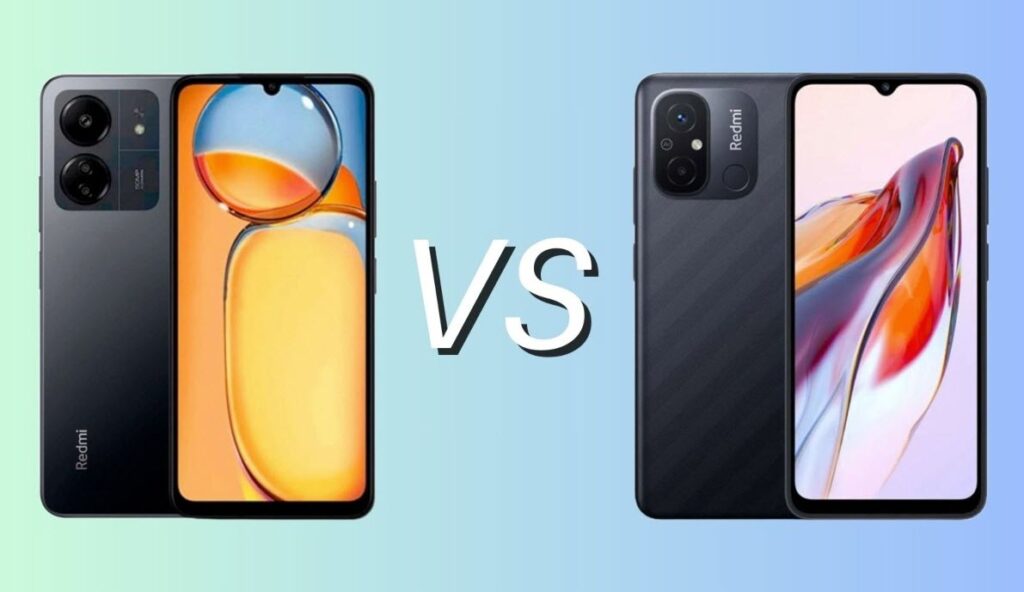
| Xiaomi Redmi 13C | Xiaomi Redmi 12C | |
| Screen | 6.74 inches of IPS LCD technology, 20.6:9 format, HD+ resolution of 1,600 x 720 pixels, 90 Hz refresh rate, 240 Hz touch sampling rate, 600 nits maximum brightness and resistant Corning Gorilla Glass | 6.71 inches of IPS LCD technology, 20.6:9 format, HD+ resolution of 1,650 x 720 pixels, 60 Hz refresh rate, 240 Hz touch sampling rate, 500 nits maximum brightness, TÜV Rheinland certification and non-resistant glass specified |
| Main camera | – 50 megapixel main sensor with f/1.8 focal aperture with FullHD 1080p video recording capacity at 30 frames per second – Secondary sensor with 2 megapixel macro lens and f/2.4 aperture – Tertiary sensor with QVGA bokeh lens | – 50 megapixel main sensor with f/1.8 focal aperture with FullHD 1080p video recording capacity at 30 frames per second – Secondary sensor with QVGA bokeh lens |
| Selfie camera | 8 megapixel main sensor with f/2.0 aperture and FullHD 1080p video recording capacity at 30 frames per second | 5 megapixel main sensor with f/2.2 aperture and FullHD 1080p video recording capacity at 30 frames per second |
| Internal memory | 128 or 256 GB eMMC 5.1 | 32, 64 or 128 GB eMMC 5.1 |
| Extension | Available via microSD card up to 1TB | Available via microSD card up to 1TB |
| Processor and RAM memory | – Mediatek Helio G85 12 nanometers and eight cores at 2.0 GHz max. – 4, 6 or 8 GB of LPDDR4 type RAM | – Mediatek Helio G85 12 nanometers and eight cores at 2.0 GHz max. – 3 or 4 GB of LPDDR4 type RAM |
| Battery | 5,000 mAh with support for 18W fast wired charging (charger included in the box) | 5,000 mAh with support for 10W fast wired charging (charger included in the box) |
| OS | Android 13 under MIUI 14 | Android 12 under MIUI 13 |
| Connections | 4G LTE, dual-band Wi-Fi 802.11 a/b/g/n/ac, dual SIM, Bluetooth 5.3, GPS with A-GPS and GLONASS, NFC for contactless payments, FM radio, USB type C input and 3.5 millimeter headphone jack | 4G LTE, dual-band Wi-Fi 802.11 a/b/g/n/ac, dual SIM, Bluetooth 5.1, GPS with A-GPS and GLONASS, NFC for contactless payments, FM radio, microUSB input and jack 3.5 millimeters for headphones |
| SIM | Dual nano SIM | Dual nano SIM |
| Design | Colors: Black, Green, Glacial White and Blue | Colors: Yellow, Grey, White and Blue |
| Dimensions and weight | 168 x 78 x 8.09 millimeters and 192 grams | 168.7 x 76.4 x 8.8 millimeters and 192 grams |
| Featured Features | Rear fingerprint sensor and facial recognition | Rear fingerprint sensor and facial recognition |
| Release date | Available | Available |
| Price | Determined | From 75 euros |
The budget range has a new value-for-money mobile, and it’s the Xiaomi Redmi 13C. This has been recently presented as one of the most interesting budget options in the catalog of the Chinese manufacturer. So, to give it the spotlight it deserves, let’s see how much it has evolved compared to the Redmi 12C, its predecessor. For this, let’s go through the comparison of Xiaomi Redmi 13C vs 12C. We will detail the features and prices of both devices to see which one is better and why. Is the new Redmi 13C worth it? Let’s find out.
The prices mentioned in the article may vary over time, so, we limit ourselves to analyzing the differences as of the publication date.
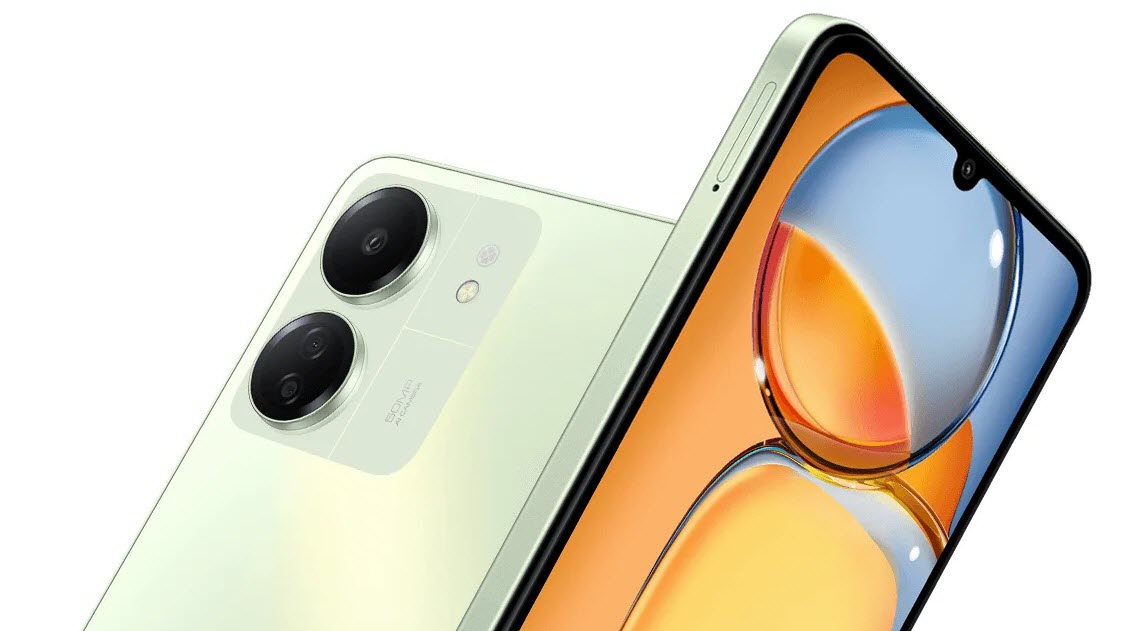
The Xiaomi Redmi 13C has taken a significant leap in terms of design. It has a camera module very different from what we find in the Redmi 12C. It has also abandoned the notch in the form of a “V” on the screen to make way for a “U” shape. The fingerprint reader it incorporates is no longer on the back – as it is in the Redmi 12C. Instead, it is located on the side. Also, it has abandoned the curved edges of the Redmi 12C in favor of straight frames, following the trend of more expensive phones but sacrificing a bit of ergonomics.
Both are made of plastic, but the finish of each is different. While the Xiaomi Redmi 13C has a completely smooth back cover, the Redmi 12C’s back cover has a textured pattern of diagonal stripes, making it less slippery in hand but less premium to the touch. Also, the Redmi 13C is slightly taller and wider than the 12C, but also thinner. However, both phones weigh the same, around 192 grams.
If we take a look at their screens, we can find more differences between the Xiaomi Redmi 13C vs Redmi 12C, but not as significant as those already detailed about their designs. Firstly, the Redmi 13C’s screen is slightly larger, with a diagonal of 6.74 inches. The 12C’s, on the other hand, is 6.71 inches. In both phones, it is an IPS LCD display. Additionally, it boasts an HD+ resolution, but it is 1,600 x 720 pixels on the Redmi 13C and 1,650 x 720 pixels on the 12C. In addition, something only the 13C’s screen boasts is TÜV Rheinland certification, which reduces blue light and screen flicker to protect the user’s eyes and prevent visual fatigue.
On the other hand, the Xiaomi Redmi 13C’s screen has a 90 Hz refresh rate, while the Redmi 12C’s has a 60 Hz refresh rate. Regarding the touch sampling rate, both have a 240 Hz rate, so they are equally responsive.
The Redmi 13C’s screen is also brighter, with a maximum brightness of 600 nits, unlike the Redmi 12C’s screen, which only reaches 500 nits. Additionally, for protection, the Redmi 13C’s screen is coated with Corning Gorilla Glass, while the 12C’s glass is unknown, as it has not been confirmed by the manufacturer. However, it is presumed to also be protected by Gorilla Glass.
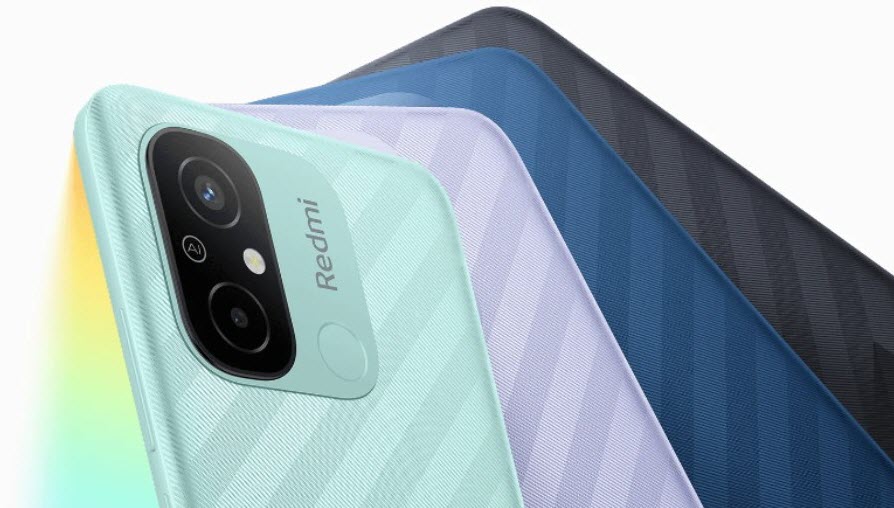
Something that the Xiaomi Redmi 13C has not improved, but has not worsened either, is performance, and this is because it relies on the same processor chipset found in the Redmi 12C, which is the MediaTek Helio G85. Therefore, both have very similar day-to-day performance, both in games and applications. However, it’s worth mentioning that the performance achieved by the aforementioned Helio G85 is quite modest, so these phones are not ideal for playing graphically demanding games or running heavy apps.
In terms of memory, there are more differences between the Redmi 13C vs 12C. The Redmi 12C has an LPDDR4 RAM of 4, 6, or 8 GB with internal storage of 128 or 256 GB of eMMC 5.1 type. The Redmi 12 has an LPDDR4 RAM of 3 or 4 GB and internal storage of 32, 64, or 128 GB, also of eMMc 5.1 type. Fortunately, both phones support a microSD card of up to 1 TB capacity for expanding internal storage.
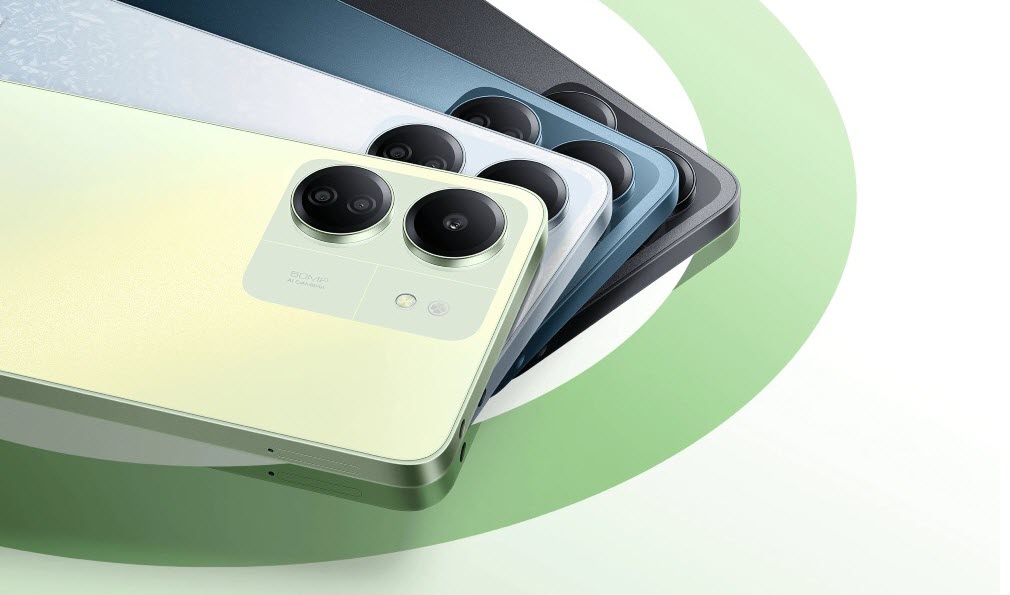
In the camera department, we find more differences between the Xiaomi Redmi 12C vs 13C, more in favor of the 13C than its predecessor. While both phones have a 50-megapixel main camera with an f/1.8 aperture and FullHD 1080p video recording at 30 frames per second, the Redmi 13C has a 2-megapixel bokeh sensor with an f/2.4 aperture, unlike the Redmi 12C, which has a QVGA (0.3-megapixel) resolution. In addition, the 13C is the only one of the two that has a 2-megapixel macro camera with an f/2.4 aperture, which allows it to take photos of objects that are a few centimeters away from the phone.
When it comes to taking selfies, the Redmi 13C has an 8-megapixel front camera with an f/2.0 aperture, while the Redmi 12C has a lower resolution one, which is 5 megapixels with an f/2.2 aperture. However, both sensors can record in FullHD 1080p at 30 frames per second.
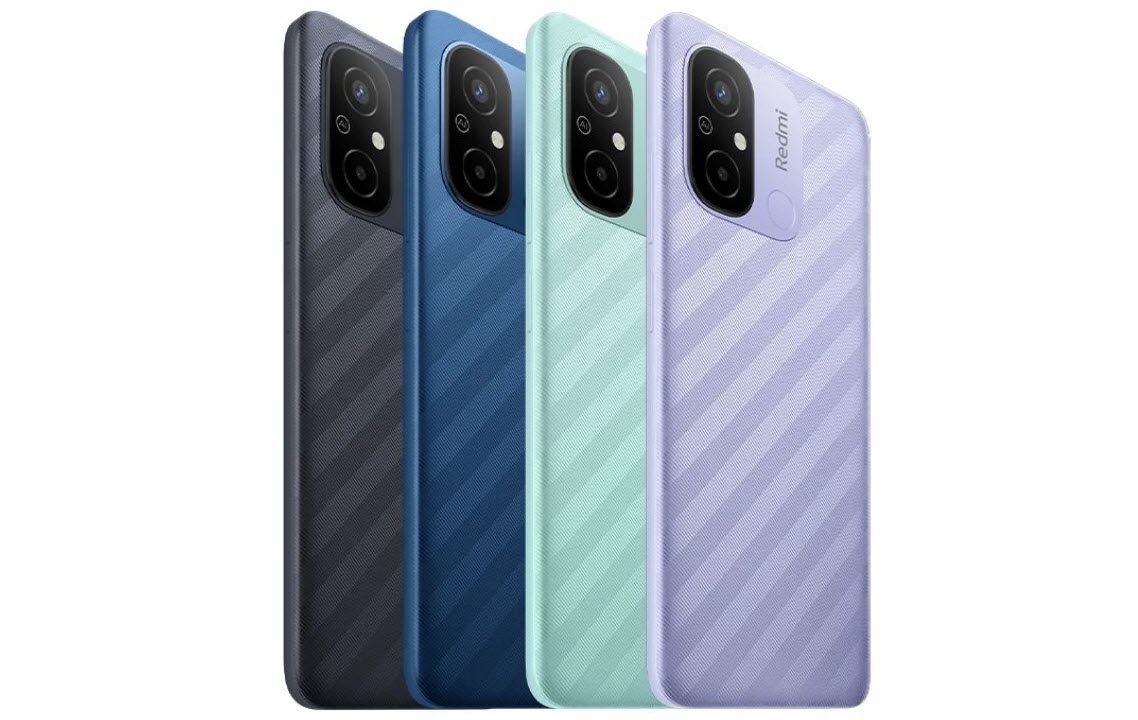
In this comparison of Xiaomi Redmi 12C vs 13C, let’s also take a look at their batteries, where both phones have a 5,000 mAh battery. However, it supports 10W fast charging on the Redmi 12C and 18W on the 13C. This means that the Redmi 12C takes about 2 and a half hours to achieve a full charge, and the Redmi 13C takes approximately 1 hour and 40 minutes. Fortunately, both include their original charger in the box, but the Redmi 12C’s input is microUSB, and the 13C’s is USB Type-C.
In terms of connectivity, they only have one difference, and it is related to the Bluetooth version, which is v5.3 on the Xiaomi Redmi 13C and v5.1 on the 12C. Otherwise, both have support for 4G LTE networks, dual SIM, dual-band Wi-Fi 5, NFC for contactless mobile payments, FM radio, GPS with A-GPS and Glonass, and an infrared sensor that allows them to act as a remote control. They also have a 3.5mm headphone jack for wired headphones.
On the other hand, while the Xiaomi Redmi 13C has a fingerprint reader on the side, the Redmi 12C has it on the back. Additionally, both have facial recognition. In terms of software, the Redmi 13C comes with Android 13 under MIUI 14 out of the box, and the 12C comes with Android 12 under MIUI 13. Since both have two years of guaranteed operating system updates, the Redmi 13C will be updated to Android 15 in the future, and the 12C will be updated to Android 14.
We have seen all the differences between both phones, so now we just need to define the winner of this Xiaomi Redmi 13C vs 12C comparison, but first, let’s look at their prices…
The Redmi 12C can currently be obtained with a starting price of just over 70 euros for its most basic version, which is 3 GB of RAM with 32 GB of internal memory. The official price of the Redmi 13C, on the other hand, has not been announced by the manufacturer, but it is likely to be the same as the 12C at its launch, which was around 150 euros for the aforementioned 3/32 GB model. This is something we will know soon.
That said, after having seen all the features and differences of both phones, we can say that the Xiaomi Redmi 13C is better than the Redmi 12C, as expected, and now we explain why.
The Xiaomi Redmi 13C is a better mobile phone for several reasons, starting with its screen, which, besides being slightly larger, has a higher refresh rate, is brighter, and causes less visual fatigue thanks to the TÜV Rheinland certification. While its processor isn’t better, it’s also not worse, as it remains the same as the 12C. For some reason, Xiaomi chose not to improve this aspect but did enhance the memory options.
Now, concerning cameras, there has been a welcomed step forward, as it incorporates a macro lens on the rear and comes with a higher-resolution front camera, allowing for higher-quality photos. The Redmi 13C’s battery also features more powerful fast charging, reducing the charging time.
Furthermore, the 13C has a more advanced Bluetooth version than the Redmi 12C and boasts a more premium and elegant design. However, the 12C, with its curved edges, feels more comfortable in hand. Additionally, the 13C has the fingerprint sensor on the side, a position that many find more convenient. Remember that the 12C has it on the back, alongside its rear cameras.